How to Protect Your Database with Zerto
Zerto
JANUARY 24, 2023
These databases leverage a Structured Query Language (SQL) in order to organize, manage, and relate with the information stored. Application-consistent points in time will be indicated as a checkpoint in the Zerto journal of changes to ensure visibility when performing a move, failover, or failover test in Zerto.


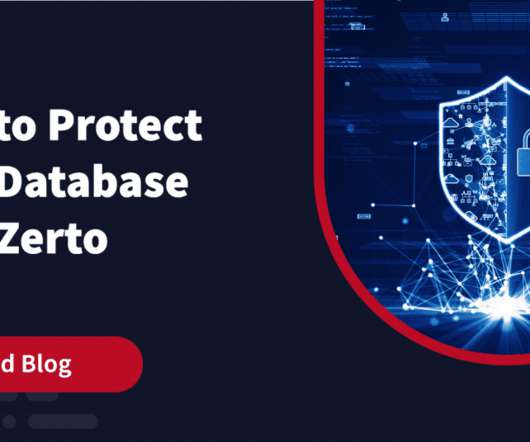
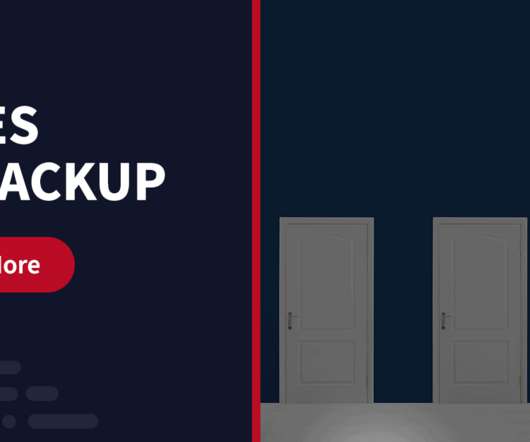
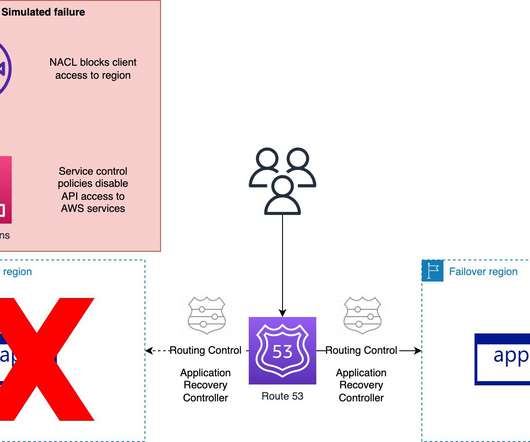
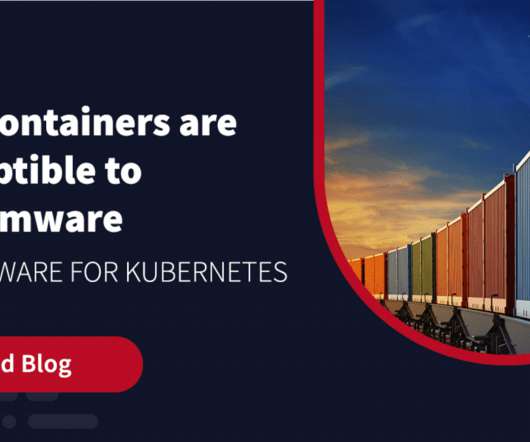
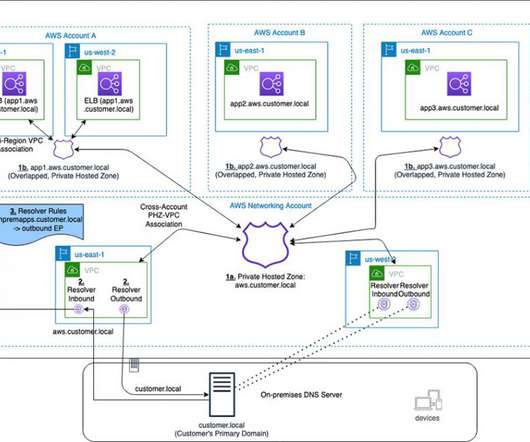
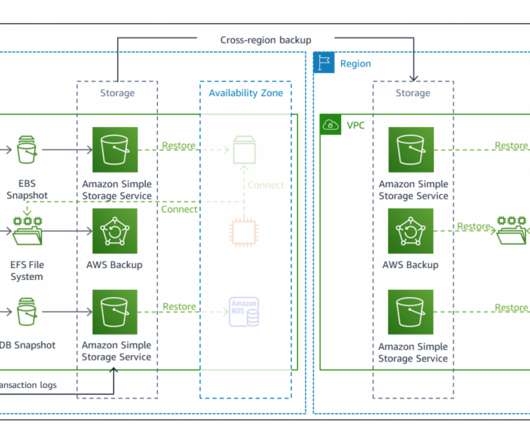

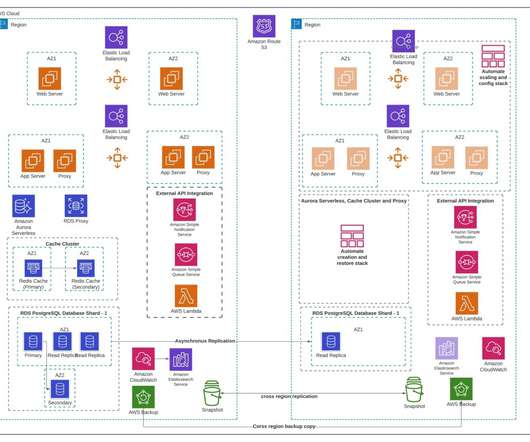






Let's personalize your content